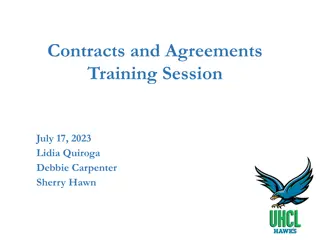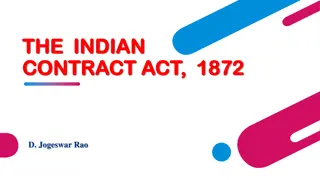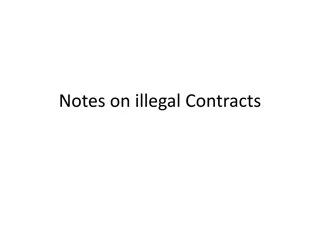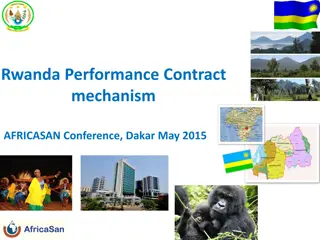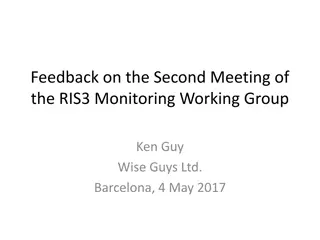Conclusions and Recommendations on Result-Oriented Monitoring in EU4Environment Contracts
The Result-Oriented Monitoring (ROM) exercise in the EU4Environment contracts revealed issues such as project delays, lack of indicators for accountability, and insufficient gender analysis. Despite these challenges, there is optimism for the implementation of work plans in the five countries involved. Sustainability remains a concern due to low implementation levels, but the involvement of Ministries of Environment may enhance ownership and project outcomes. The report emphasizes the need for improved indicators, gender considerations, and communication strategies for better project management.
Uploaded on Sep 15, 2024 | 0 Views
Download Presentation

Please find below an Image/Link to download the presentation.
The content on the website is provided AS IS for your information and personal use only. It may not be sold, licensed, or shared on other websites without obtaining consent from the author. Download presentation by click this link. If you encounter any issues during the download, it is possible that the publisher has removed the file from their server.
E N D
Presentation Transcript
Result-oriented monitoring of the EU4Environment - Ecosystems and Livelihoods contracts Conclusions and recommendations Angela BULARGA
What is Result-Oriented Monitoring? Standard procedure, especially for large projects Independent assessment Commission staff can comment Carried out by external experts, using a standard methodology, and having both thematic knowledge and country knowledge Normally happens mid-term so that corrections can be made Based on desk review and country visits Interviews with the project team and external stakeholders Country reports and a consolidated report Conclusions and recommendations Total duration: 3-6 months 2
Conclusions 1-2/7 The ROM exercise has been implemented in the fall of 2022, while the project implementation was still at preliminary stage. As such, all findings are built on what was written on the action documents and on interviews with officers mainly from the WB and the five Ministries of Environment. The project is relevant to each country. It responds of the primary needs of institutional beneficiaries, i.e. the Ministries of Environment. It responds, as well, to actual needs in terms of environmental protection and conservation as in the five countries the natural capital is not adequately preserved. Ecosystems continue to be degraded and biodiversity is in decline 3
Conclusions 3-4/7 A significant delay of about two years has occurred. The occurrence, however, does not generate particular concerns. Officers from the WB and the Ministries of Environment have shown optimism about the possibility to implement the Countries and Regional Work Plans during the remaining time available for project implementation. The initial LFM lacks targets both at outcome and output level. Instead, the Work Plans developed by the WB in collaboration with the Ministries of Environment in the five countries have only activity indicators. The absence of indicators and targets is considered as a significant problem by the ROM exercise: the overall level of accountability is very low. In addition, the lack of indicators does not allow a proper follow-up of the effects that the project will have at country level. 4
Conclusions 5-7/7 Due to the low level of implementation, sustainability is not assessable by the present ROM exercise. The only element that bodes well for the sustainability of the intervention is that the Ministry of Environment in each country will accompany the consultants in their works, thus taking ownership over their work. There was no gender analysis conducted as part of the design process, neither did the intervention refer to existing studies. In addition, the LFM does not include any gender specific indicator. The gender dimension of the initiative appears to be disregarded. A project communication and visibility plan has not been developed. 5
Recommendations (3/3, to WB and MoEs) Developing outcomes indicators for each country that are coherent with the LFM to ensure a proper monitoring and reporting of the results of the initiative. The Work Plans developed to follow up activities implemented at the country level may be further elaborated to capture deliverables at the output level and achievements at the outcome level. Identify, through the recruitment of a consultant, how gender issues may be mainstream throughout the most relevant project activities and define a related project gender mainstreaming strategy. Prepare a communication and visibility strategy to make sure that end beneficiaries (targeted communities) of the action will be aware of the project, its objective and its donor. 6


